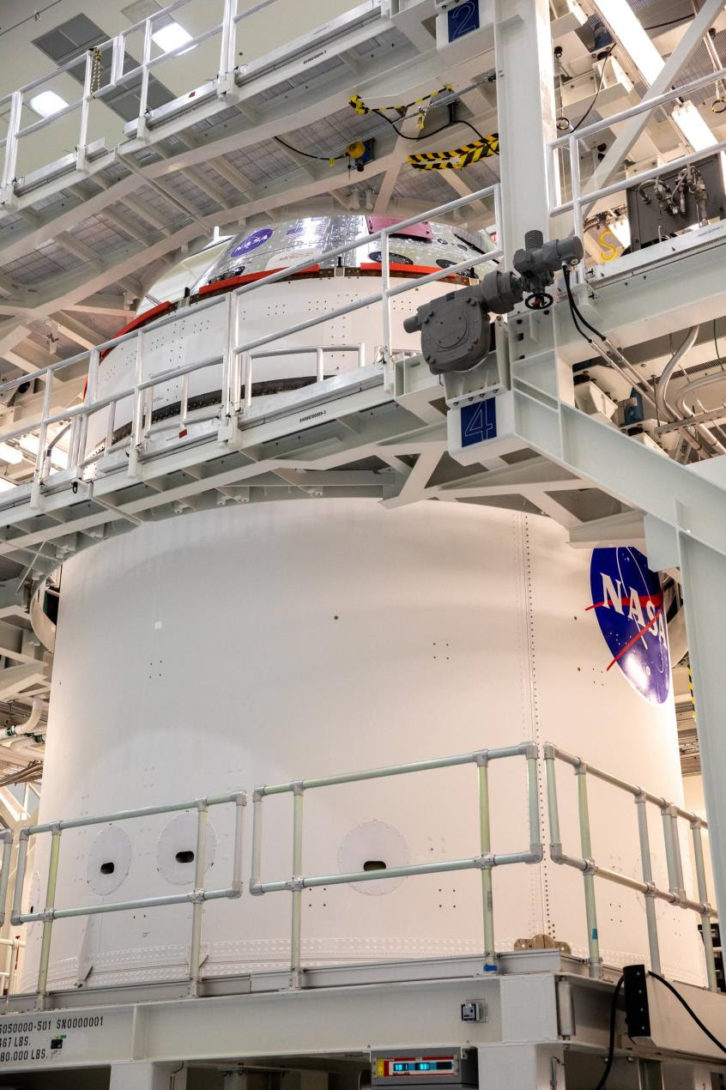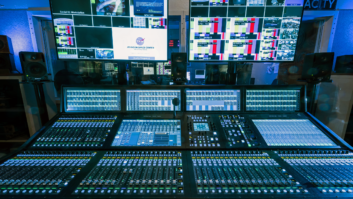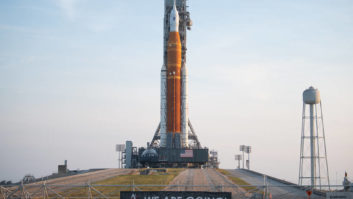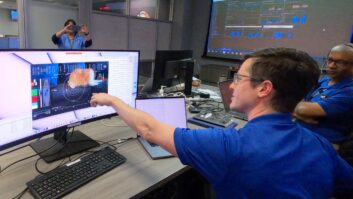NASA will install IPTV from Vitec to monitor and maintain equipment on the Orion spacecraft in human missions to the Moon and Mars.
IPTV technology will be used to monitor the Orion spacecraft during future missions. It can be used to check things like cracks in panels that may not be detected by sensors.
“NASA needed a decoder that could be compatible with video feeds coming from sophisticated — but proprietary — on-board IP cameras developed by NASA and its contractors to capture video in space,” explains Richard Bernard, senior product manager, Vitec.

The cameras provide support for both high- and low-frame rate streams, as well as images ranging from QCIF to 4K. A system was needed that allows the resolution and frame rate to be adjusted based on whatever bandwidth might be available between Orion and Earth.
“Those are a lot of variables and NASA needed a highly flexible and robust decoder to handle those very precise, fluctuating video feeds,” adds Bernard. |IP streaming technology provided a clear path to harness video feeds for the kind of collaboration needed to ensure the safety of the crew and the integrity of the spacecraft itself.”
Vitec worked with NASA to develop video decoders that would be compatible with the mix of proprietary and open standards workflows. Specifically, the company adjusted stream capture module capabilities to manage the range of particular feeds used for the mission under different conditions and circumstances.
“Additionally, our hardware decoding platform ensures that video feeds — with any frame rate, frame resolution, or bitrate — can be decoded and rendered on industry standard video outputs, such as HDMI or SDI, for distribution to the people working on the Orion mission within the space centre,” says Bernard.







